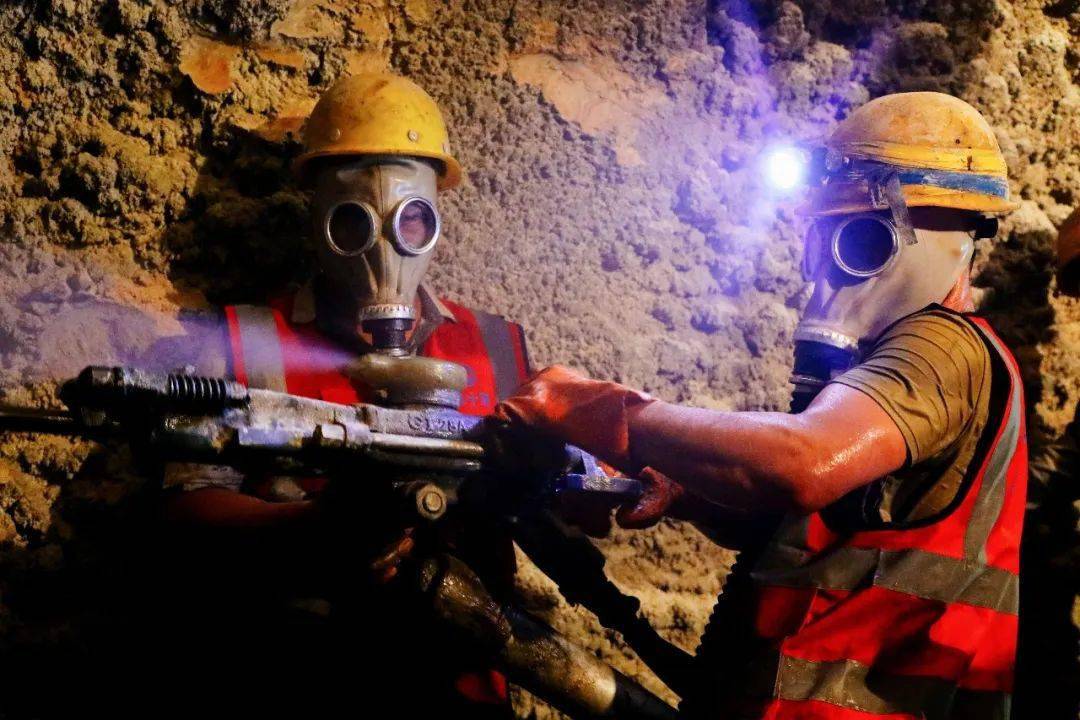Monitoring and preventing the leakage of toxic and harmful gases during TBM operations is crucial for ensuring the health and safety of the workers. Below are some effective monitoring and prevention measures:

I. Effective Monitoring of Toxic and Harmful Gas Leaks
1. Use of Gas Detection Equipment: Install fixed or portable gas detectors in the construction area. These devices can monitor the concentration of toxic gases in real-time, such as methane, carbon monoxide, and hydrogen sulfide. Once the gas concentration exceeds the safety threshold, an alarm will be triggered immediately.
2. Optimization of Ventilation Systems: Ensure that the construction area has a good ventilation system. This can be achieved through natural or mechanical ventilation to dilute and remove harmful gases. Special attention should be paid to the ventilation setup in enclosed or semi-enclosed spaces.
3. Environmental Monitoring: Monitor the environment around the construction area to assess the impact of external gas sources, such as nearby industrial emissions or underground reservoirs.
4. Application of Technological Innovations: Explore the use of new monitoring technologies, such as fiber optic sensing technology and wireless sensor networks, to improve monitoring accuracy and coverage.
II. Measures to Prevent Toxic and Harmful Gas Leaks
1. Regular Detection and Maintenance: Conduct regular gas detection at the construction site, especially before entering new work faces. Additionally, regularly calibrate and maintain gas detection equipment to ensure its accuracy and reliability.
2. Safety Training: Provide safety training to workers on the hazards of toxic and harmful gases, so they understand the potential risks and know how to correctly use personal protective equipment (PPE) and handle emergency situations.
3. Use of Personal Protective Equipment (PPE): Provide appropriate PPE, such as respirators and gas masks, and ensure that workers wear them correctly when entering potentially hazardous areas.
4. Adjustment of Work Plans: Adjust work plans based on geological conditions and existing monitoring data to avoid prolonged operations in high-risk areas, or adopt segmented construction and alternating work patterns to reduce risks.
5. Development of Emergency Plans: Develop detailed emergency plans, including evacuation routes, assembly points, and emergency contact information. Conduct regular drills to ensure all personnel are familiar with emergency response procedures.
By implementing these measures comprehensively, it is possible to effectively monitor and prevent the leakage of toxic and harmful gases during TBM operations, thereby ensuring the health and safety of workers.
